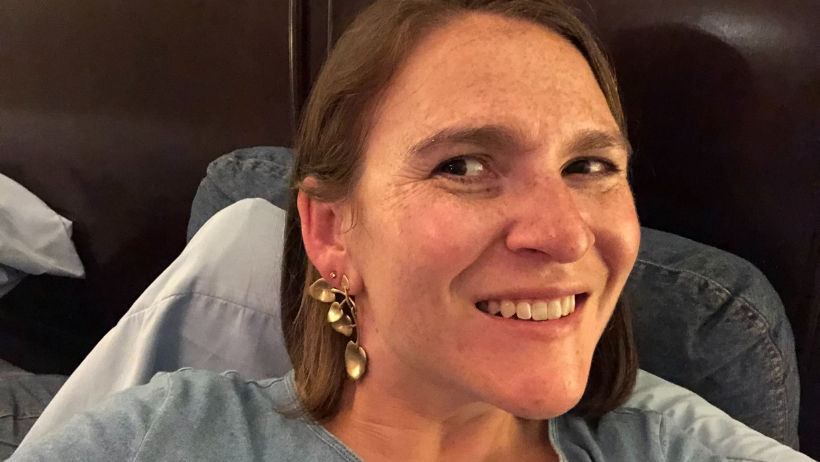My dad told me I couldn’t have my ears pierced until I was 16. Over time I eventually wore him down to 8 years old, and then when I turned 16, I put a second hole in my ears. When I was 17 years old, all I wanted was to pierce my belly button. I begged my parents for permission to do so, but they kept telling me no. I vowed that when I was 18 I would just go do it myself. I was convinced that a belly button piercing was what I needed, but my father kept reminding me that as Jews we don’t pierce our bodies beyond our ears. I was a teenager, so needless to say I didn’t care. Right after I turned 18, my parents gave in (or gave up) and said they were ok with a pierced belly button as long as I went to a clean and safe place to do it. Of course once I had their permission, my rebellious urge was gone, and I never went through with it. To this day, my mom claims that was their plan all along.

When it came to body piercing (and ear piercing), my dad’s argument had always been that the Torah says we don’t pierce or permanently change our bodies. Supposedly the consequence for doing so was that you could not be buried in a Jewish cemetery after you died. Well, he was partially right.
This week we read Parshat Kedoshim. The structure of this section of text pushes us to look at our relationships with both God and others and see the boundaries and intimacies of each relationship. Parshat Kedoshim deals with what is known as the “Holiness Code” that helps us to understand how we can walk in God’s ways and create a community of relationship and understanding.
The Holiness Code goes deeper than our standard interpersonal relationships. It focuses on the holiness of the relationships we have with ourselves, our neighbors, and with God. One of the ways in which we establish and maintain holiness is through our bodies. Chapter 19, verse 28 teaches, “You shall not make gashes in your flesh for the dead, or incise any marks on yourselves: I am the Lord.” We are taught through this verse that holiness means respect for one’s body. The prohibition against incising any marks on your flesh is meant to teach us that our bodies are already perfect vessels, and we shouldn’t permanently change them with piercings or surgery.
While tattooing or piercing does not prohibit a Jew from being buried in a Jewish cemetery, those things are technically prohibited. But I’ll be honest. As far as I’m concerned, what you do to your body is really none of my business. The real takeaway here is how the Torah reminds us of the importance of positive body image. Parshat Kedoshim reminds us that holiness is not reserved for the synagogue or prayer or even politeness around others. We have a sacred mandate to view ourselves and our bodies as vessels for holiness and to treat them as such. And if my children ask to pierce their ears before 16, only time will tell if I can hold out longer than my parents did.
– Rabbi Eve Posen
Source: Body Piercing vs. Body Image – Parshat Kedoshim 5779



